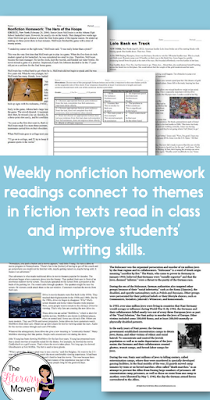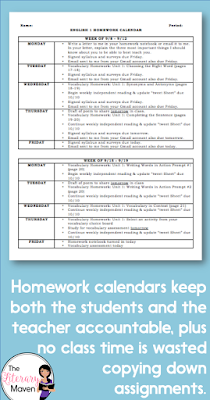Title: Through The Eyes Of The Barrel
Before you pick me up, think about your life. Think about the time you’ll serve. The many people you’ll kill. You think I want to be this fearful thing people see. You say you’re my friend, but when you hear the sirens you just ditch me somewhere. You don’t care where you throw me on the ground. You just leave me in the cold with scratches on my handle. I have feelings you know? When I lock up, it’s only because I’m nervous, but you get so frustrated at me. And when I don’t clean up my mess you end up in deeper trouble, not even knowing it. It’s only because I care. I figure you have to change at some point. But you go out and do the same thing. You don’t even feel my pain. You just think you’re down and cool. You’ll never understand. So you’re going to pick me up anyway? Did you not hear me? Go ‘head pull me and see another go.
After reading her piece, I thought it would make a great mentor text for a piece for my creative writing class while reinforcing the concept of personification. I asked students to consider what the object being described might be, which of its "real" characteristics were included in the piece, and how the object was personified.
After a quick review of the above questions, I encouraged students to select their own objects. I asked them to choose something different from the topic in the mentor text (of course at least one student chooses the same topic) and provided an extensive list of choices if students couldn't come up with their own.
Before writing, students created a quick web of their chosen object's characteristics. Students hand wrote a rough draft and then typed it up so I could make suggestions about revisions using Google Drive. I was impressed by their creativity and the humor many brought into their writing.
Samples:
After a quick review of the above questions, I encouraged students to select their own objects. I asked them to choose something different from the topic in the mentor text (of course at least one student chooses the same topic) and provided an extensive list of choices if students couldn't come up with their own.
Samples:
I am a unique object that is carved to only fit yours specifically. Without one you won't be granted; no entry. I am convenient for late nights. Also I am used to start cars and motorcycles. If you lose me, you might get in trouble by your mother. I could be used to open a safe that you own. I am an item that is very important to your life believe it or not. Basically I am your access to a lot of different things.
So you think that you can just go around and do anything you want to do to me? You have your friends sitting on me like I'm crap or something. Then they just drop their money in me. When you're upset you will cut me, and when you see me getting old then you will just throw me out like I'm nothing and will get a new one.
I found that quick one to two day lessons like this one worked best with my creative writing class; they capture students' attention and don't last long enough to lose it.
Answers: gun, key, couch.
For this and other creative writing activities, check out this engaging, common core aligned resource.






















